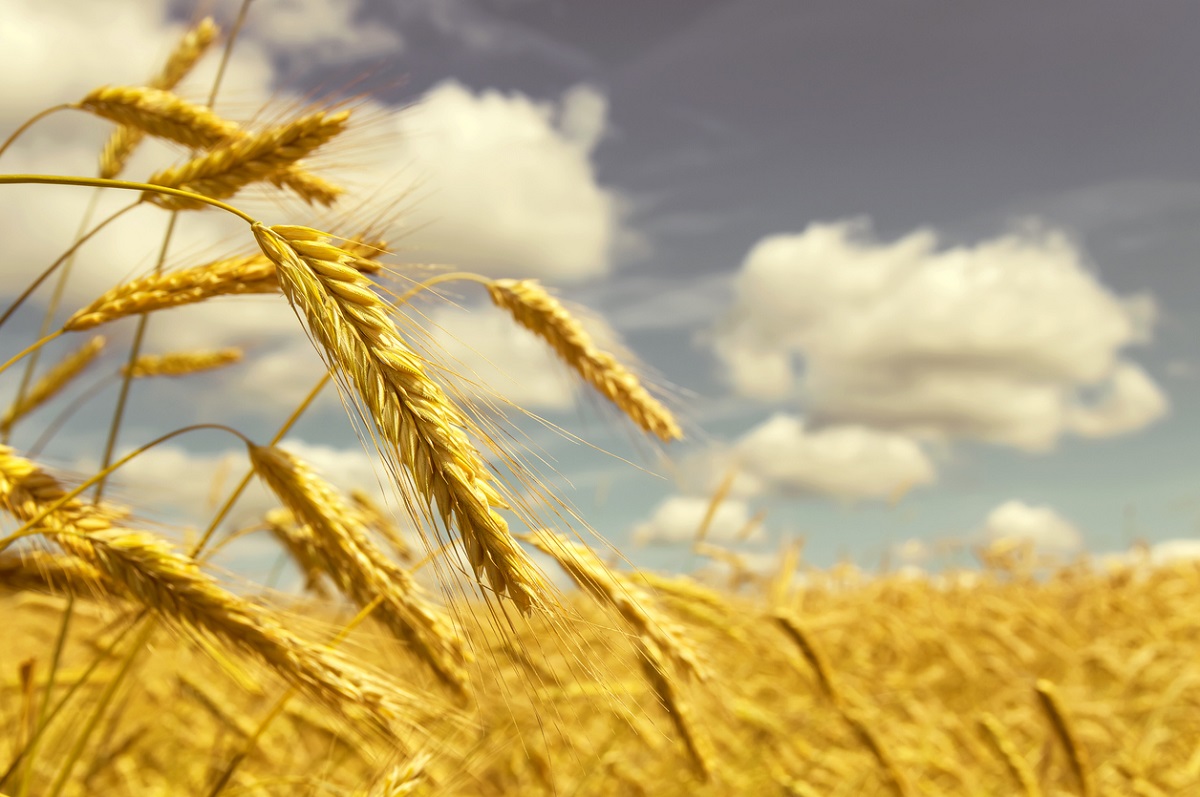
Polish Wheat's Long Grain Trait Traced to One Genetic Component
May 26, 2021| |
Having long grains, glumes, and lemmas in wheat were previously cited to be controlled by just one gene. Scientists were finally able to identify that gene component, and the discovery can potentially result in a breakthrough in wheat genetic improvements.
Researchers at the John Innes Centre used genomic, field-based, and biotechnological approaches to finally identify the molecular component responsible for the Polish wheat's (Triticum polonicum) longer grains and floral organs. The component is VRT-A2, a member of a family of transcription factors known to act as switches when controlling protein synthesis. They were able to identify that its misexpression in the Polish wheat's different tissues at different growth stages caused the said desirable traits. The VRT-A2 gene carries a small rearrangement in its first intron which does not code for a protein but instead is important for regulating gene expression.
The research team then introduced the Polish wheat VRT-A2 version into a UK bread wheat cultivar and this resulted in higher grain weight, size, and density. Their experiment also revealed a strong relation between VRT-A2 expression levels and the magnitude of its effects on grain length and floral organ size. The results of the experiment demonstrated how changes in the expression of transcription factors can have an impact on agronomic traits of wheat, which can be used for further research to deliver genetic solutions to improve wheat productivity.
Read more from The Plant Cell and The John Innes Centre.
| |
You might also like:
- Rothamsted Research Submits Application to Defra for Field Trial of Gene-Edited Wheat
- Traceable Drought-Tolerant Wheat Products Set for Argentina, Brazil Consumers
- Study Shows Effective Zinc Fertilization through Leaves in Wheat
Biotech Updates is a weekly newsletter of ISAAA, a not-for-profit organization. It is distributed for free to over 22,000 subscribers worldwide to inform them about the key developments in biosciences, especially in biotechnology. Your support will help us in our mission to feed the world with knowledge. You can help by donating as little as $10.
-
See more articles:
-
News from Around the World
- GM White Maize Contributes to Food Security in South Africa
- Study Shows Plants Respond to Different Light Intensities
- Scientists Discover Ancient Melon Key in Breeding Disease-Resistant Watermelons
- Researchers Identify Genomic Regions Associated with Yield Potential and Climate Resilience in Bread Wheat
- World Vegetable Center Sends Seeds to the Svalbard Global Seed Vault
- Herbicide Tolerant GM Canola Gets Commercial Approval in Australia
-
Research Highlights
- BGLS-producing Potatoes Could Lead to Broad-spectrum Protection from Pest and Diseases
- Scientists Show Correlation of Cry1Ac mRNA and Protein Abundance in Biotech Cotton Plant
- Polish Wheat's Long Grain Trait Traced to One Genetic Component
- Identified Fruit Protein Helps Control Tomato Ripening
-
Plant
- Rice VCS1 as Tool to Mark and Visualize Vegetative Cell of Pollen
-
Health
- Medicago's Plant-Based COVID-19 Vaccine Shows Positive Phase 2 Results
-
Read the latest: - Biotech Updates (November 19, 2025)
- Gene Editing Supplement (October 29, 2025)
- Gene Drive Supplement (February 22, 2023)
-
Subscribe to BU: - Share
- Tweet

